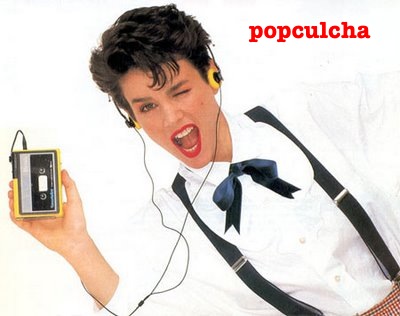
Very perceptive article from the New York Times Sunday Magazine, Feb. 25, 2010.
Has the curating of digital photos come to define modern parenting?
American children in 2010 have a bright, clear reason for being. They exist to furnish subjects for digital photographs that can be corrected, cropped, captioned, organized, categorized, albumized, broadcast, turned into screen savers and brandished on online social networks.
I’m trying my hand at anthropology here: where farmers bred to produce field hands, industrial workers bred because they couldn’t help it and Kennedy-era couples bred to goose the G.N.P. by buying sailor suits and skis, we form families in the Internet age so we can produce, distribute and display digital photos of ourselves.
The marching orders come immediately, with the newborn photo, which must be e-mailed to friends before a baby has left the maternity ward. A conscientious father — chief executive of the budding business — must snap dozens of shots of the modestly wrapped newborn, generally with a Canon PowerShot though sometimes with a showy digital single-lens-reflex camera or a lowly cameraphone. Back at a laptop, he uploads the haul, scrutinizing pixels with the intensity of Anna Wintour. He selects a becoming one. The mother signs off, often via e-mail, from her hospital bed.
A parent may also edit the picture, correcting red eye or composition or even complexion problems, perhaps adding a jolly border or animated confetti (depending on class affiliation). Enclosed in an e-mail message, accompanied by a line or two of introduction, the portrait is broadcast like direct-mail advertising.
Thus a parent is minted. Good thing the drill starts early, as the signature act of Internet-era parenting repeats itself, again and again, in tighter and tighter cycles, throughout a childhood. It determines the rhythms of beach vacations and snow days. Eventually the business of family-image production and dissemination incorporates increasingly sophisticated and expensive cameras and photo-edit software and microblogging and distribution and organization systems (Tumblr, Picasa, Picnik, MyFamily, Shutterfly, Snapfish, Kodak Gallery). Before long the family has become a multimedia publisher, and — though it imagines itself a producer — a consumer of digital tools, gadgetry and broadband.
For a parent, this time-consuming vocation has twin payoffs: it wins you a break from your actual children while bringing you closer to their images. Pictures of kids, like idealized Victorian boys and girls, can be seen but not heard.
The child’s life, reciprocally, becomes that of a model — and more. Every aspect of the family business becomes familiar to a child. Early on, she learns that she can examine a photo on a viewfinder as soon as it’s snapped; that she should monkey around rather than pose, as “film” is distinctly not at a premium; that a substantial share of her parents’ mysterious clicking at their computers consists of organizing and reorganizing images of her. My own son’s first word for laptop, when he saw a woman plugging away at one at Starbucks, was the word he used for himself: “baby.” What else could the woman be doing so intently at a screen but what he saw me do — paging through picture after picture of him?
The connection between parenthood and digital photography dawned on me during Apple’s video presentations of the iPad, the company’s latest personal-computing device. In the videos, a parade of Apple executives, clean-cut men with close-cropped hair, caress a glassy, oversize tile, while proselytizing about it. “It’s going to change the way we do the things we do every day,” raves Phil Schiller, an Apple vice president.
So which of digital culture’s great offerings — which of the “things we do every day” — are enhanced by the iPad? Let’s look at the demos. Are there shooter games, pornography, academic papers, live sports, message boards, chat, e-commerce, political blogs?
No. Instead, there are family photos. The iPad user, as we meet him, is a man alone, aswim in pictures of kids. Sure, he watches movies like “Up,” reads Ted Kennedy’s memoirs and plans and chronicles travel to Telluride, Colo. But what he does most ostentatiously is organize and exhibit photographs of children: at birth, on the beach, in Paris in the rain, with conch shells to their ears. One of Steve Jobs’s first boasts about the iPad screen? “People put their own photos on it.” Later, the iPad e-mail client is demonstrated as it sends a baby picture. Scott Forstall, a senior vice president at Apple, doesn’t hold back: “IPad is absolutely the best way to view and share your photos.”
Increasingly, personal technology seems like a delivery device for a lifestyle, a tacit prescription of how to live in the Internet’s symbolic order. Study something like the iPad closely enough, and it seems to set a course for how we’re now to use words and images for business and pleasure. Maybe it shouldn’t be surprising in shaky economic times that the highest calling for the heaps of digital devices in our lives, with their functioning in excess of anything we rationally require, is to shore up our families, and advertise them to the world, and back to ourselves.
